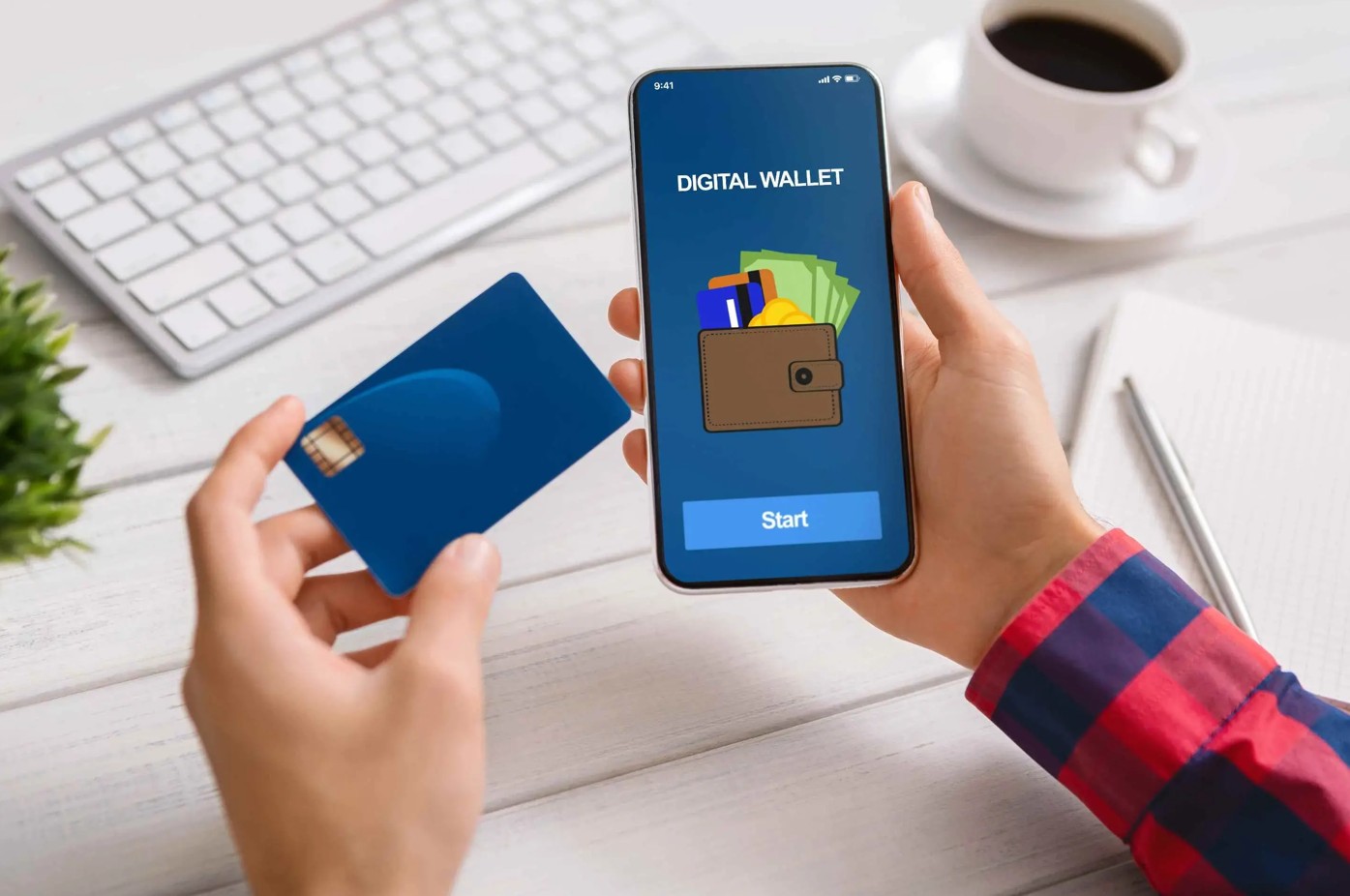The way people handle money is shifting. Cash is declining, and plastic cards are no longer the default. In its place, digital wallets are becoming a central tool for managing daily transactions. These systems are more than just payment methods — they also influence how individuals think about budgeting, saving, and even risk.
As this technology grows, more people are engaging with online financial services. As you read more about this site, you’ll see that some users may notice that it illustrates how digital wallets can be linked to a variety of financial platforms, from gaming to investing. This points to a broader trend: spending and saving are no longer isolated actions but are part of a connected digital experience.
Contents
The Rise of Digital Wallets
Digital wallets store payment information on phones, tablets, or computers. Users can link bank accounts, debit cards, or credit lines and pay directly from devices. QR codes, contactless payments, and app-based transfers have become normal in many places.
This shift started with convenience. Carrying a wallet full of cards or cash is no longer necessary. But the long-term impact goes deeper. These tools change the way people interact with money. Instant payments, spending history, and even budgeting tools are now just a few taps away.
How Spending Behavior Is Changing
With digital wallets, spending feels easier. The physical act of handing over cash or even swiping a card is removed. This can make purchases feel less “real,” which may lead to faster or less deliberate spending. For businesses, this often means quicker checkouts and more frequent transactions. For individuals, it may mean less time spent reviewing what’s been bought and more reliance on automation.
However, the same technology that makes spending faster also gives users better insight. Many apps categorize expenses automatically, allowing users to see where their money is going. This data can help create better spending habits — if users pay attention.
The key difference is awareness. Digital wallets remove friction from spending, but they also offer tools to track it. Whether those tools are used consistently determines the financial outcome.
Saving in a Cashless System
In traditional systems, saving often meant transferring money into a separate account or setting aside physical cash. With digital wallets, saving can be more automatic. Some platforms round up purchases and deposit the difference. Others allow users to set goals and direct small amounts regularly toward them.
These features promote micro-saving — small contributions over time. While the amounts may seem minor, they can accumulate. Younger users in particular are drawn to these systems because they require less planning. Saving becomes part of the normal transaction flow.
Still, digital wallets rarely offer interest on savings. They are not replacements for formal savings accounts or investment tools. But they do support habit-building, which is often the hardest part of saving.
Privacy, Security, and Trust
One challenge with digital wallets is the question of privacy. Users hand over personal and financial data to third-party providers. While encryption and security protocols are improving, risks remain. Unauthorized access, data breaches, or system outages can disrupt access to funds.
Trust is critical. People need to believe their money is safe and accessible. This is why many users still keep part of their funds in traditional banks or hold physical cash for emergencies. The more secure and reliable digital wallets become, the more likely they are to be used for primary spending and saving.
Impact on Financial Inclusion
Digital wallets have opened financial access to people who previously had limited or no banking options. In some areas, users can now pay bills, transfer money, or receive income without needing a bank branch.
This shift can reduce dependency on cash and expand economic participation. For people in remote areas or without formal employment, it allows more control over finances and participation in the wider economy.
However, access to digital wallets still requires a device and internet connection. These limitations highlight the need for infrastructure alongside innovation.
Shifting Toward a Cashless Economy
As more people adopt digital wallets, the idea of a cashless economy moves closer. Some cities and businesses already operate without physical money. Governments are exploring digital currencies, and private companies continue to innovate new payment models.
This trend brings both efficiency and concern. On one hand, digital payments streamline commerce and reduce overhead. On the other hand, they increase dependence on technology, and may widen the gap between those who can adapt and those who cannot.
Preparing for this future involves more than technology. It requires education, regulation, and the development of systems that support both users and providers.
Conclusion
Digital wallets are not just changing how we pay — they’re changing how we think about money. They create habits, offer insight, and introduce both opportunities and risks. As more people move toward cashless living, these tools will shape personal finance in new ways.
Whether they lead to better saving or more impulsive spending depends on how they are used. The responsibility shifts to users to stay informed, manage risk, and take advantage of the data and tools now available at their fingertips. The financial future may be digital, but the decisions still remain human.
